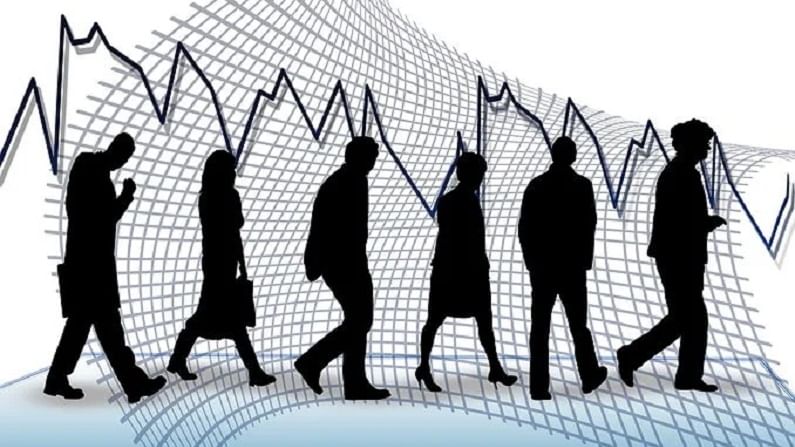Unemployment rate in last quarter of 2020 dipped marginally: NSO data
Unemployment in the last quarter of 2020 was high compared to that of 2019.

The unemployment rate dipped slightly in urban areas of India in the last quarter of 2020, according to the National Statistical Office (NSO) data. The unemployment rate across all ages in the final quarter of last year was 10.3% and in the previous quarter (July-September) it was 13.3%, as per the NSO data.
High unemployment
However, compared to the final quarter of 2019, during which the unemployment rate across all ages in Urban centres was 7.9%, the October-December unemployment rate of 2020 was much higher. The percentage of unemployed persons in the labour force determines the unemployment rate.
The labour force participation rate for all ages in urban areas stood at 37.3% in 2020’s last quarter, which was marginally higher than the 37.2%, reported during the same period in 2019. In the July-September quarter, it was 37%.
In April 2017, the NSO launched the Periodic Labour Force Survey (PLFS), on the basis of this, a quarterly bulletin is issued giving estimates of labour force indicators. These indices include unemployment rate, worker population ratio (WPR), labour force participation rate (LFPR), distribution of workers by broad status in employment and industry of work in current weekly status (CWS). The estimates of the jobless persons in CWS give an indication of unemployment over a week. In the CWS approach, a person is considered unemployed if he/she did not work even for one hour on any day during the week but sought or was available for work at least for one hour on any day during the period.
Labour force participation
‘Labour force’ here refers to the portion of the population that supplies labour for pursuing economic activities for the production of goods and services and therefore, includes both employed and unemployed persons.
The WPR was 33.5% in October-December 2020, with a marginal decline from 34.2% during the same quarter in 2019. It stood at 32.1% in July-September 2020, according to the BS report. The WPR stood at 33.5% in 2020’s last quarter, lower than the same period in 2019, which was 34.2%. In the July-September quarter of 2020 it was 32.1%.
Download Money9 App for the latest updates on Personal Finance.
Related
- अमेरिकी टैरिफ से भारत में महंगाई बढ़ने, रोजगार जाने का रिस्क नहीं: अर्थशास्त्री
- RBI: खपत में आ रही तेजी, आंकडे दे रहे गवाही जल्द हाई ग्रोथ ट्रैक पर लौटेगी अर्थव्यवस्था
- मुंबई में पेट्रोल-डीजल वाहनों पर बैन को लेकर हो रहा विचार, सरकार ने स्टडी करने के लिए बनाई कमेटी
- SBI ने घटाया GDP ग्रोथ रेट का अनुमान, FY-25 में 6.3% से इकोनॉमी के बढ़ने की उम्मीद
- देश की आर्थिक गति बरकरार, 6.5 से 7 फीसदी ग्रोथ हासिल करने की उम्मीद
- भाविश अग्रवाल ने बताई ओला के मुनाफे की रूपरेखा, इलेक्ट्रिक कार पर नहीं है फोकस

